Improve Your Kitchen With Formica Kitchen Countertops
Formica countertops have long been a popular choice for kitchen renovations due to their affordability, durability, and wide range of design options. Installing Formica kitchen countertops is a cost-effective way to update the look and feel of your kitchen while also adding value to your home. From choosing the right materials to completing the installation process, here’s everything you need to know about installing Formica kitchen countertops.
Choosing the Right Formica
Formica countertops come in a variety of colors, patterns, and finishes, allowing you to customize your kitchen to suit your style and preferences. When selecting Formica for your kitchen countertops, consider factors such as durability, maintenance requirements, and aesthetic appeal. High-pressure laminate Formica is the most common choice for kitchen countertops due to its resistance to scratches, stains, and heat.
Additionally, consider the thickness of the Formica countertop, as thicker materials tend to be more durable and resistant to damage. Choose a color and pattern that complements the existing design elements and decor in your kitchen, whether you prefer a classic, contemporary, or eclectic aesthetic. From solid colors and faux stone finishes to wood grain patterns and abstract designs, there’s a Formica countertop option to suit every taste and style.

Measuring and Preparing the Space
Before installing Formica kitchen countertops, it’s essential to measure the space accurately to ensure a proper fit. Measure the length, width, and depth of the existing countertops, as well as any areas where the countertop will need to be cut to fit around appliances or fixtures. Take into account any overhangs or edges that may require special attention during installation.
Once you have accurate measurements, prepare the space by removing the old countertops and clearing the area of any debris or obstructions. Ensure that the cabinets and support structures are level and secure, as this will provide a stable foundation for the new Formica countertops. If necessary, make any repairs or adjustments to the cabinets or support structures before proceeding with the installation.
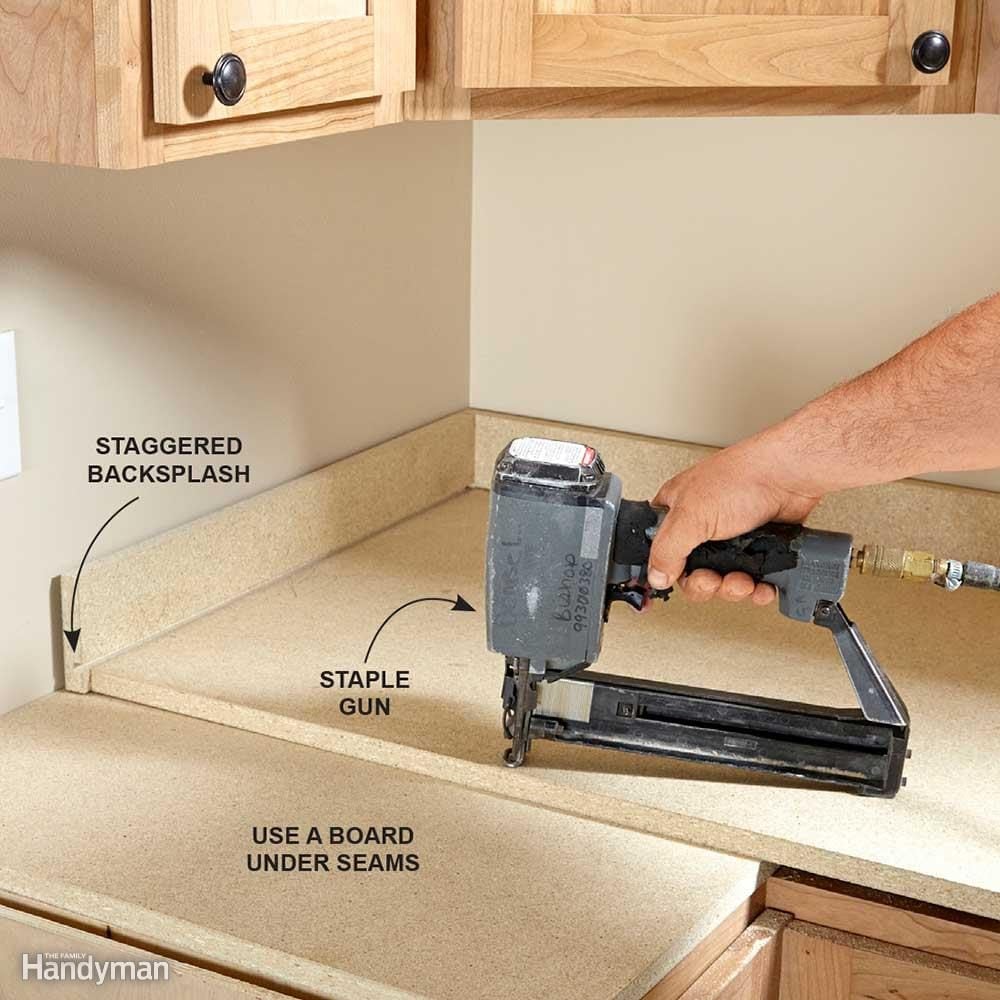
Cutting and Installing the Formica
After preparing the space, it’s time to cut and install the Formica countertops. Start by cutting the Formica sheets to size using a circular saw or jigsaw, making sure to leave a slight overhang on all sides for trimming. Apply contact cement to both the underside of the Formica sheet and the substrate surface, following the manufacturer’s instructions for proper application and drying times.
Once the contact cement is tacky, carefully position the Formica sheet onto the substrate surface, starting at one end and working your way to the other. Use a laminate roller to press out any air bubbles and ensure a secure bond between the Formica and substrate. Trim any excess overhang with a router or laminate trimmer, taking care to maintain clean and straight edges.
Finishing Touches and Maintenance
After the Formica countertops are installed, apply a bead of silicone caulk along the edges to create a waterproof seal and prevent moisture infiltration. Install any sink or cooktop cutouts, as well as any edge trim or molding to complete the look of the countertops. Once the silicone caulk is dry, clean the countertops thoroughly with a mild detergent and water to remove any adhesive residue or debris.
To maintain the beauty and longevity of your Formica countertops, avoid placing hot pots or pans directly on the surface, as this can cause damage or discoloration. Use cutting boards and trivets to protect the countertops from scratches and heat, and clean up spills promptly to prevent staining. Periodically inspect the countertops for any signs of wear or damage, and address any issues promptly to prevent further damage or deterioration.

Common Mistakes to Avoid
Incorrect Measurements: Failing to measure the space accurately before cutting Formica countertops can result in ill-fitting countertops that require costly adjustments or replacements. Always take precise measurements and double-check your calculations before cutting Formica sheets.
Poor Surface Preparation: Neglecting to prepare the substrate surface properly before applying contact cement can result in a weak bond between the Formica and substrate, leading to lifting or peeling over time. Ensure that the substrate surface is clean, dry, and free of any debris or contaminants before applying contact cement.
Improper Cutting Technique: Using the wrong tools or techniques to cut Formica sheets can result in jagged edges or uneven cuts that detract from the appearance of the countertops. Invest in quality cutting tools and practice proper cutting techniques to achieve clean and precise cuts.
Skipping Edge Sealing: Neglecting to seal the edges of Formica countertops with silicone caulk can leave them vulnerable to moisture damage and deterioration. Be sure to apply silicone caulk along the edges of the countertops to create a waterproof seal and protect against moisture infiltration.
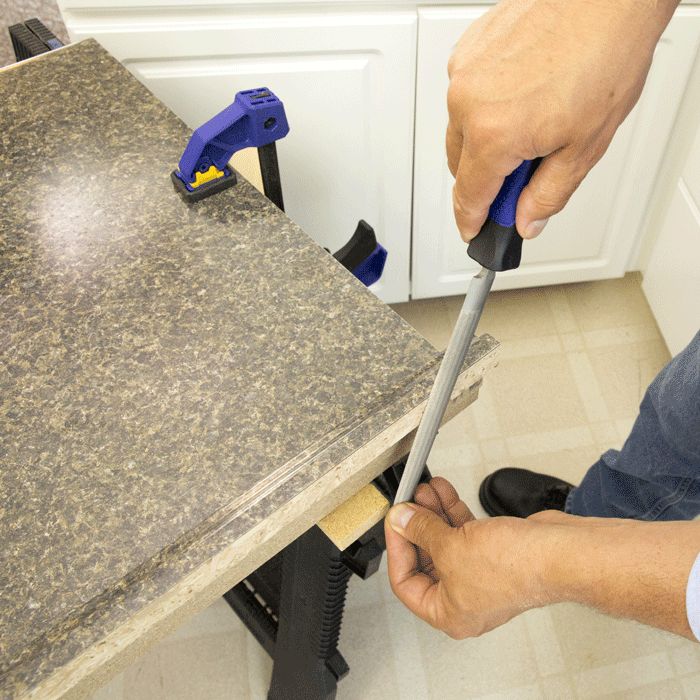
Can I install Formica countertops myself, or should I hire a professional?
While installing Formica countertops is a relatively straightforward process, some homeowners may prefer to hire a professional installer for more complex projects or if they lack experience with countertop installation. However, with proper preparation and careful attention to detail, DIY installation is achievable for many homeowners.
How long does it take to install Formica countertops?
The time it takes to install Formica countertops can vary depending on factors such as the size and complexity of the project, as well as the skill level of the installer. On average, installation can take anywhere from a few hours to a full day to complete.
Are Formica countertops durable and easy to maintain?
Yes, Formica countertops are known for their durability and ease of maintenance. Formica is resistant to scratches, stains, and heat, making it a practical choice for high-traffic kitchen areas. Routine cleaning with a mild detergent and water is typically all that’s needed to keep Formica countertops looking their best.
Can Formica countertops be repaired if damaged?
Yes, minor damage to Formica countertops, such as scratches or burns, can often be repaired using DIY repair kits or techniques. For more severe damage, such as deep scratches or gouges, professional repair or replacement may be necessary.
Are there eco-friendly options for Formica countertops?
Yes, Formica offers eco-friendly options for countertops made from recycled materials and sustainable manufacturing practices. These eco-friendly Formica countertops provide a stylish and environmentally conscious choice for homeowners seeking sustainable home improvement solutions.
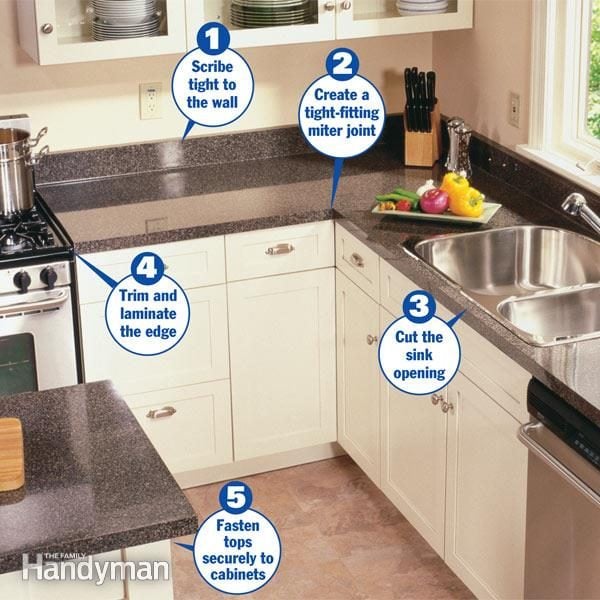
How To Install Laminate Countertops Step By Step

How To Install Sheet Laminate On A Countertop

How to Install Laminate Countertops Loweu0027s
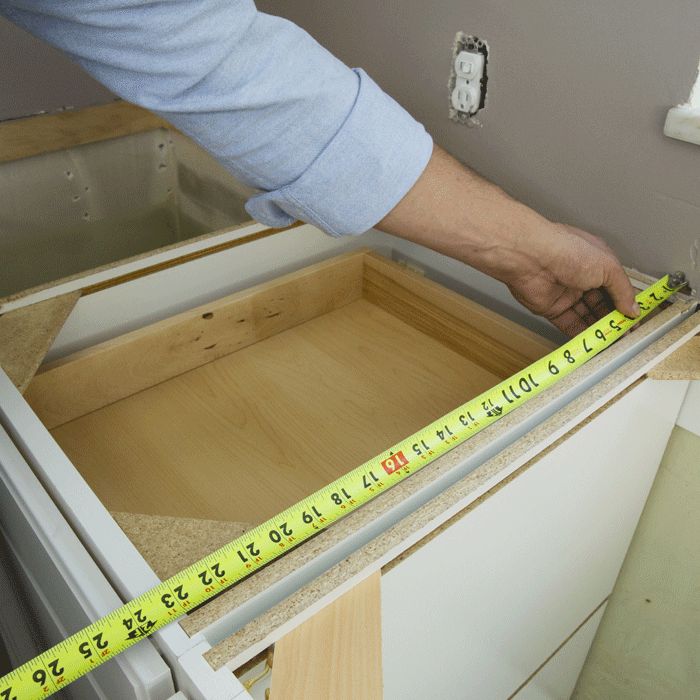
How to DIY Laminate Countertops (Itu0027ll Save You SO Much Money)
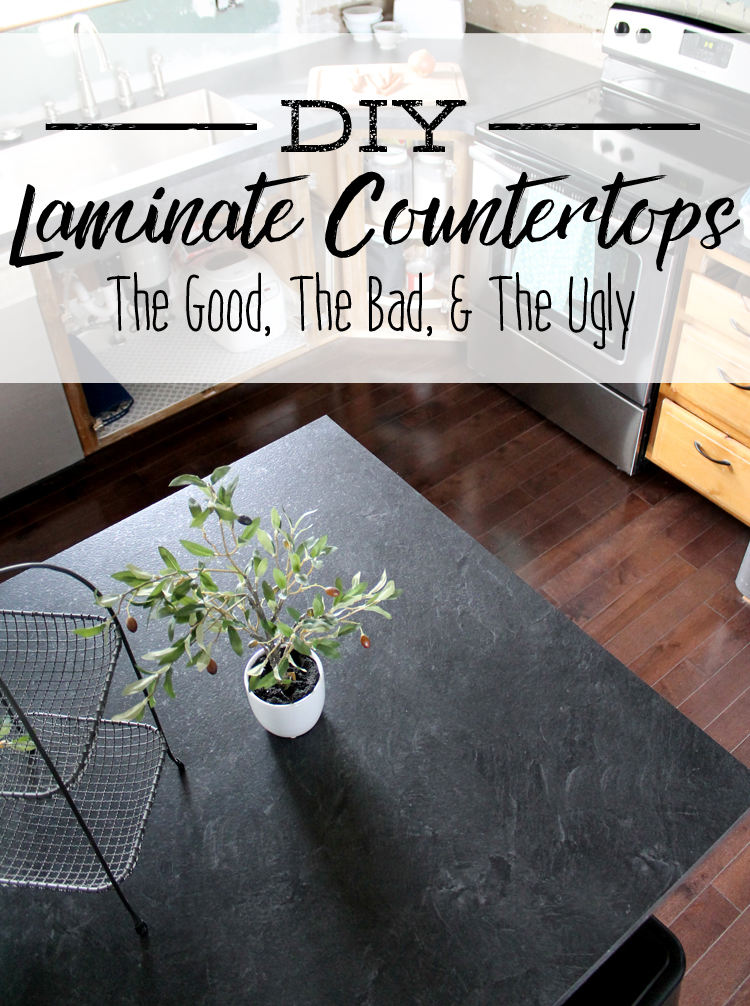
How to Install Laminate Countertops Formica
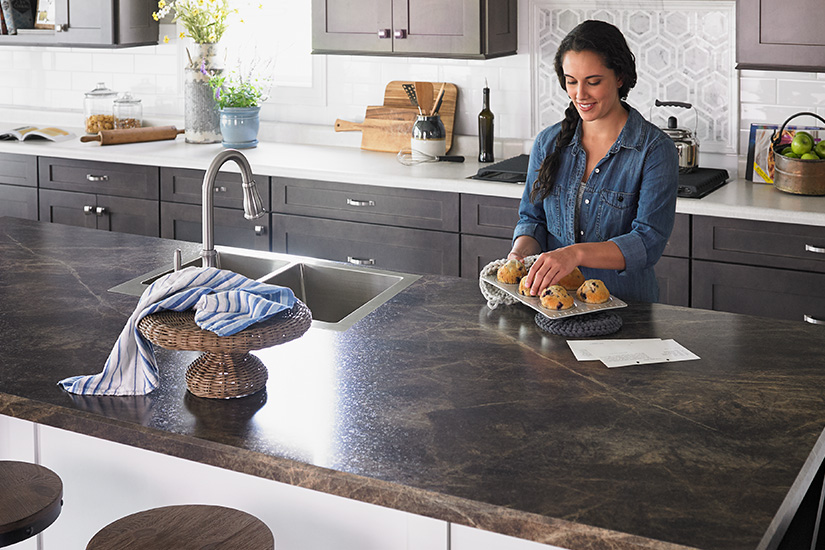
Related articles:
- Dark Grey Kitchen Countertops
- Kitchen Countertop Granite Tile
- Kitchen Countertop Design
- Durable Kitchen Countertops
- Cheap Kitchen Countertop Ideas
- Kitchen Countertop Ideas
- Unique Kitchen Countertop Ideas
- Budget Kitchen Countertops
- Wood Kitchen Countertops
- Formica Kitchen Countertop Ideas